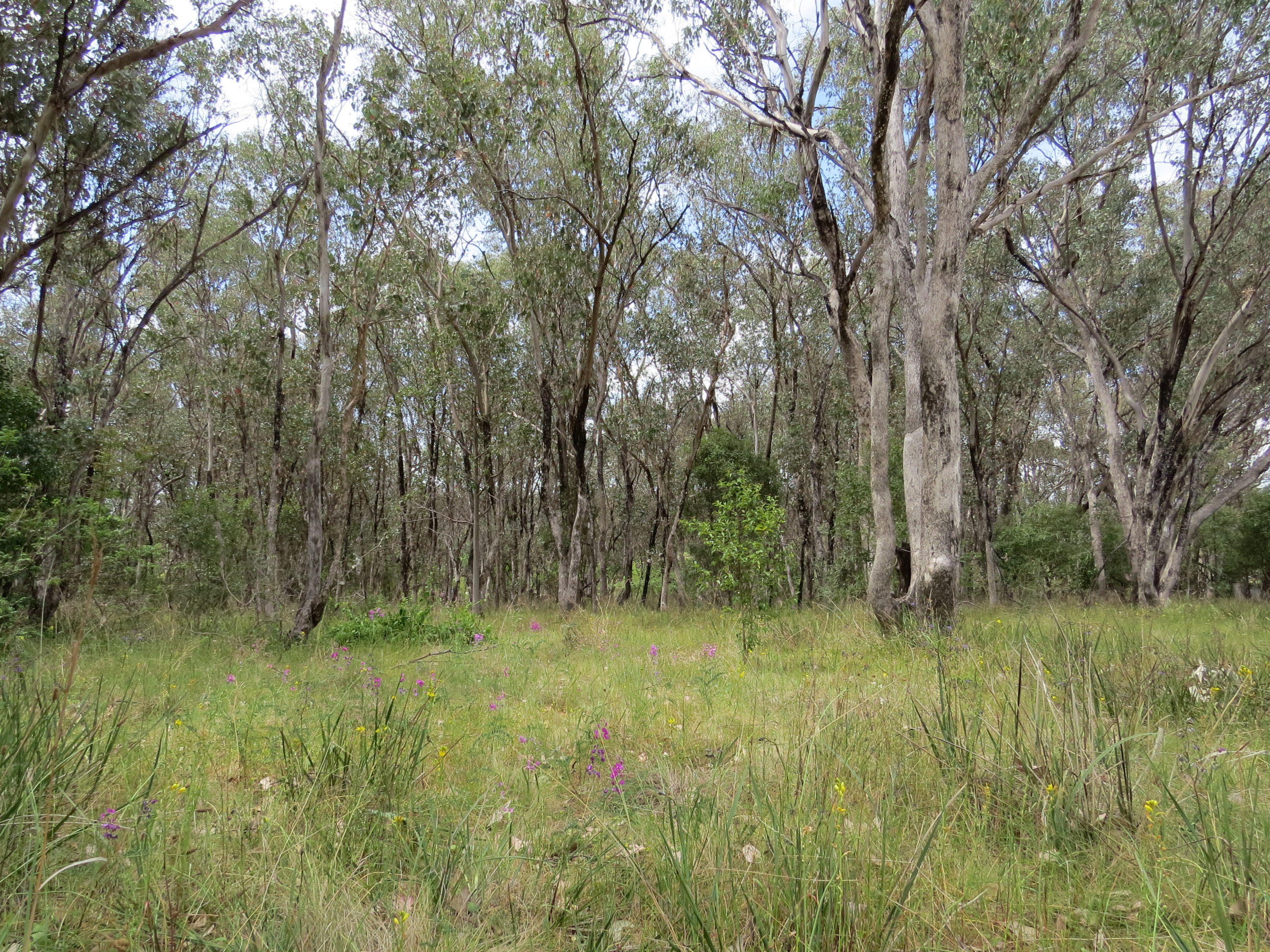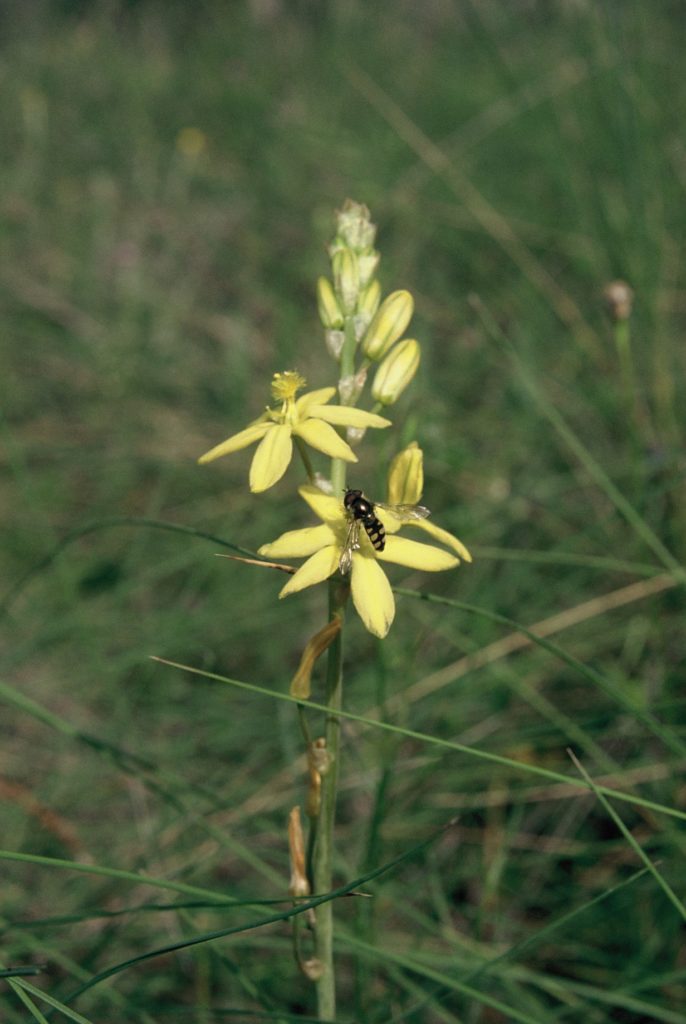Imagine strolling through an idyllic, endangered grassy woodland. You can hear the sounds as foliage sways in the breeze. You can even experience the landscape after a bushfire has passed through. But strangely, you’re able to wander through all seasons!
It’s all created using virtual reality.
This type of exploration of endangered ecosystems are no longer simply the realm of science fiction or Dr Who’s TARDIS. Researchers have now developed immersive virtual landscapes of intact endangered Australian ecosystems. They’ve done this to accurately illustrate environmental changes across time, seasons and events like bushfires.
It’s all thanks to a team of immersive visualisation researchers from Monash University. They’ve created virtual renditions of an endangered Australian woodland ecosystem – the Australian Box Gum Grassy Woodland. Intact examples of this woodland are rare in Australia. So let’s take a virtual walk.

This image of Eucalyptus albens grassy woodlands in Wallabadah, NSW was used to assist researchers from Monash University’s SensiLab to recreate a virtual landscape of intact endangered Australian ecosystems to accurately illustrate environmental changes across time, seasons and events like bushfires. Image: SM Prober, CSIRO.
Experiencing endangered ecosystems
Immersive reality technology is a boon for ecologists. The researchers are seeking to explore, understand and communicate the impact of change to endangered landscapes. These could be changes due to land use, climate change and other pressures.
Dr Anna Richards, our senior research scientist, said there was almost no place left in Australia to study an intact endangered ecosystem.
“These immersive landscapes have the potential to become important resources for the study and communication of endangered ecologies,” she said.
A view of all seasons
The virtual reality experience allows users to experience the ecosystem, which is impossible to observe in its pre-colonisation state. Users can explore the sights along with the sounds of the natural environment.
Working with Anna and her team of ecologists, Monash University researchers have put together a virtual ecology including accurate renditions of flora and fauna along with soundscapes.
These factors allow ecologists to experience their study subjects like never before. Not only can they stroll through the woodlands in different seasons. Thy can also see different time scales and the impact of extreme events like bushfires.
“Considering we can also see the landscape after the impact of bushfires, this could also be a vital tool for land managers and policy makers to explore and prepare for a changing future,” Anna said.

Recreating the endangered woodlands included capturing the yellow Bulbine lily by modelling it in 3D in the understorey of the virtual landscape. Image: KR Thiele
Immersive innovation
The lead researcher from Monash University’s SensiLab is Dr Tom Chandler. He said the study explores how users might see, hear and feel a woodland ecosystem as a virtual environment.
“One of the main advantages of a virtual model is the ability to simulate change over time. This has implications for visualising landscape change in the near future, and also far back in the past,” Tom said.
“Our model focuses on vegetation changes through the seasons. We have now extended it to visualise changes to the landscape following bushfires across time, in some cases several decades later.”
The research is published in Landscape Ecology and funded by CSIRO and the Monash-Pennsylvania State University Collaboration Development Program.
View endangered ecosystems at home
This video below is an overview of how the virtual model looks and sounds as users experience the woodlands through the years or through the seasons.
The study was a collaboration between researchers from Monash University’s Faculty of IT, CSIRO, Pennsylvania State University and Australia’s Department of Agriculture, Water and the Environment.
Read more on our work into endangered woodlands.


28th November 2021 at 7:02 am
wonderful idea, this will be a boon to our knowledge of the Bush and its seasonal changes ect.